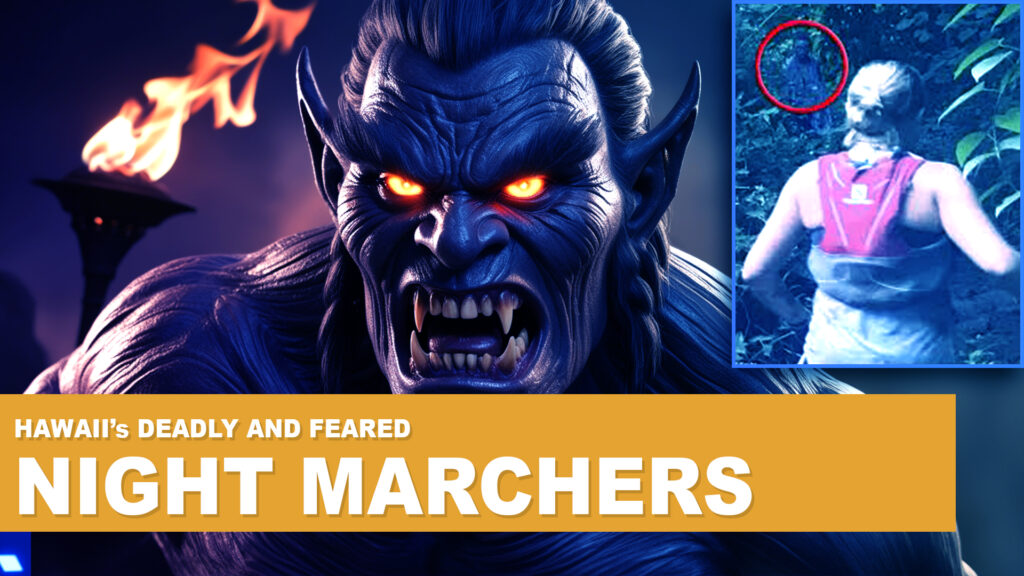For centuries, tales of a mysterious creature known as Mokele-Mbembe have been passed down amongst native tribes in the Congo region. Could this dinosaur-like creature still exist in the remote jungles and swamps of Central Africa?
Get ready to embark on a thrilling journey as we delve into the historical accounts of Mokele-Mbembe sightings, investigating the potential explanations for these encounters, and analyzing the scientific evidence that could support its existence. By examining the available information, we’ll discover whether this elusive creature could still be roaming the Congo today.
What is the Mokele-Mbembe? The Legendary Dinosaur-Like Creature of the Congo
Mokele-Mbembe, pronounced as “moh-kay-lay m-bem-beh,” is a legendary creature that has been the subject of numerous expeditions, documentaries, and books over the past century. The name “Mokele-Mbembe” is derived from the Lingala language of the Congo and means “one who stops the flow of rivers.” It is said to inhabit the dense jungles and swamps of the Congo River basin, particularly in the remote areas of the Republic of Congo, Cameroon, and the Democratic Republic of Congo.
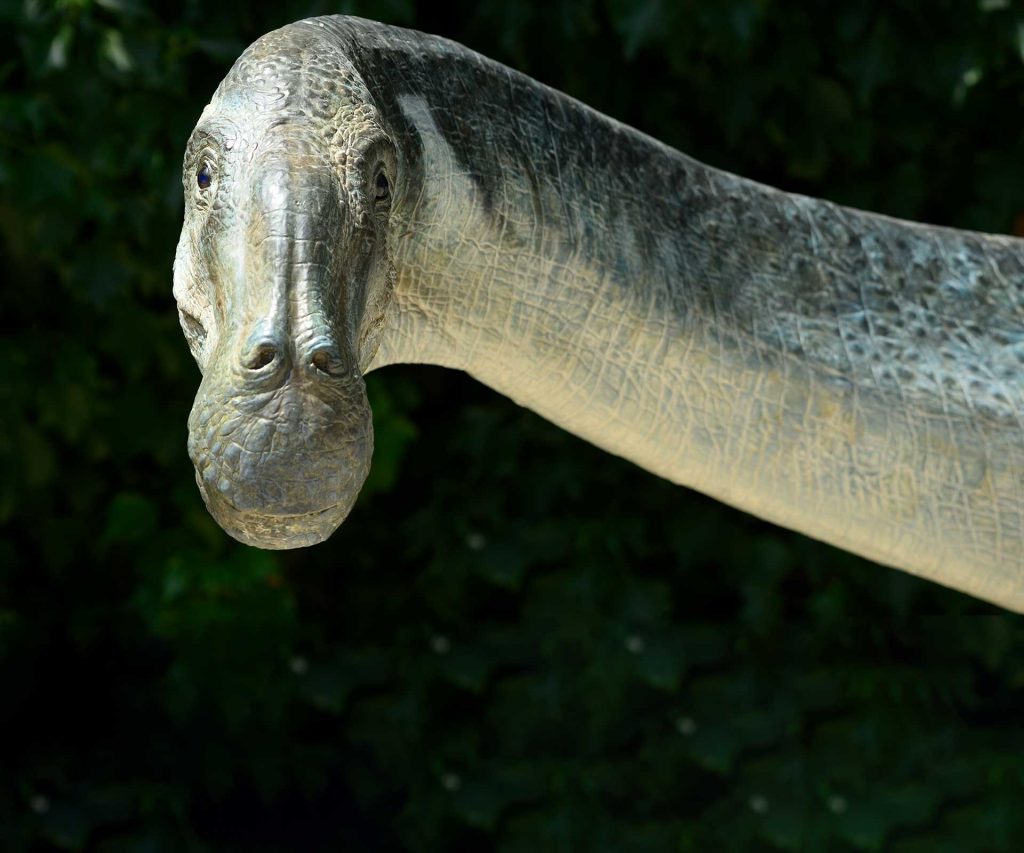
The creature is typically described as a large, long-necked, and herbivorous dinosaur-like animal, with some accounts mentioning that it has a spiky back or tail. Its size has been estimated to be anywhere from the size of a small hippopotamus to that of a full-grown elephant. Some descriptions also suggest that it has a rough, grayish-brown skin, and a long snout.
Despite numerous sightings and stories about the creature, the existence of Mokele-Mbembe remains a mystery. Some people believe that it is a surviving species of dinosaur that has somehow managed to evade extinction, while others dismiss it as a myth or misidentification of known animals.
The legend of Mokele-Mbembe has fascinated cryptozoologists, adventurers, and scientists for decades, leading to many expeditions and searches for evidence of its existence. Some people have claimed to have seen the creature or its footprints, while others have reported hearing its distinctive roar or seeing the trees shake as it moves through the jungle. However, no conclusive evidence has ever been found to prove its existence.
Despite the lack of definitive evidence, the legend of Mokele-Mbembe continues to capture the imagination of people around the world and remains a subject of fascination for cryptozoologists, adventure-seekers, and nature enthusiasts alike.
Discovering the Hidden Wonders of the Congo: Wildlife and History
The Congo, located in Central Africa, is known for its vast rainforests, wildlife, and rich cultural heritage. Its history is marked by colonization, civil wars, and political instability, but despite these challenges, it remains one of the most biologically diverse regions in the world.
Historically, the Congo was home to several indigenous tribes, including the Bantu, the Luba, and the Kongo. It was first explored by European explorers in the 19th century, leading to the colonization of the region by Belgium in the late 1800s. Under Belgian rule, the Congo became a major source of rubber, ivory, and other natural resources, leading to the exploitation and mistreatment of the local population.
The country gained independence in 1960 but has since experienced a turbulent history marked by civil wars, coups, and political instability. These conflicts have taken a toll on the people and wildlife of the Congo, with the destruction of habitats and poaching threatening many species that call the region home.

Despite the challenges, the Congo remains a critical habitat for a wide range of wildlife, including some of the world’s most iconic species. Among these are the forest elephants, gorillas, chimpanzees, and bonobos, all of which are listed as endangered or critically endangered due to habitat loss, poaching, and disease.
In addition to its charismatic megafauna, the Congo is also home to an incredible diversity of bird species, reptiles, amphibians, and insects. Many of these species are endemic to the region, meaning they are found nowhere else in the world.
To protect these species and their habitats, a number of conservation efforts are underway in the Congo. These include the establishment of national parks, community-based conservation programs, and anti-poaching initiatives. These efforts have helped to stabilize some populations of wildlife, but much work remains to be done to ensure their long-term survival.
Historical Accounts of Mokele-Mbembe: Unveiling Early Native Stories of a Living Dinosaur
The Mokele-Mbembe has been a subject of fascination for centuries. Historical native accounts of the creature date back centuries and are passed down through oral traditions. The Kongo people, who live in the region where the Mokele-Mbembe is said to inhabit, consider it a sacred creature and a central part of their cultural and spiritual beliefs.
According to native accounts, the Mokele-Mbembe is a large, semi-aquatic reptile with a long neck and small head. It is said to be herbivorous, feeding on leaves and other vegetation found in the forest. The Kongo people believe that the creature is closely associated with the spiritual realm and consider it a protector or guardian of the forest. Some accounts describe it as a powerful and dangerous creature that can bring misfortune or harm to those who disturb its habitat.
The Kongo people use the Mokele-Mbembe to explain the unexplainable. For example, the creature has been invoked to explain unusual weather patterns or unexpected illnesses. Its existence is taken for granted and is deeply ingrained in the cultural and spiritual beliefs of the Kongo people.
There are many examples of historical native encounters with the Mokele-Mbembe, which have been passed down through oral traditions among the Kongo people.
- In one account, a group of Kongo hunters were out in the forest when they saw a strange creature with a long neck and a small head emerge from a nearby lake. They watched in awe as the creature grazed on vegetation along the shore. The hunters were afraid to approach the creature and quickly returned to their village to report what they had seen.
- Another tells of a Kongo man who was fishing in a river when he saw a large, snake-like creature swim by. The man watched as the creature dove underwater and emerged on the other side of the river. The man was frightened by the encounter and returned to his village to tell others what he had seen.
- In a third account, a group of Kongo villagers were clearing land for a new settlement when they came across a large creature with a long neck and a small head. The creature was grazing on vegetation in a nearby swamp. The villagers were frightened by the encounter and quickly left the area.
These historical native encounters with the Mokele-Mbembe provide a fascinating insight into the cultural and spiritual beliefs of the Kongo people.
European explorers in the 19th and early 20th centuries also reported seeing similar creatures in the region, which led many to believe that the Mokele-Mbembe could be a surviving species of dinosaur, such as a sauropod. However, there is little scientific evidence to support the existence of the creature.
The Mokele-Mbembe remains a central part of the cultural and spiritual beliefs of the Kongo people. It is an important part of their oral traditions, and its existence is not questioned. The Kongo people consider the creature a sacred part of their cultural heritage and believe that it plays an important role in maintaining the balance of the natural world.
Modern Accounts of Mokele-Mbembe: Recent Encounters and Stories from Explorers and Researchers
In recent years, there have been many accounts of the Mokele-Mbembe from modern explorers, researchers, and missionaries who have traveled to the Congo region in search of the creature. These accounts have provided a wealth of information about the creature and have helped to keep the legend of the Mokele-Mbembe alive in popular culture.
One of the most famous modern accounts of the Mokele-Mbembe comes from Roy P. Mackal, a biologist who led several expeditions to the Congo in the 1980s in search of the creature. Mackal’s team interviewed local villagers who reported sightings of the Mokele-Mbembe and gathered physical evidence, including footprints and hair samples, which they believed could be linked to the creature. However, despite their best efforts, Mackal’s team was unable to find any conclusive evidence of the Mokele-Mbembe’s existence.

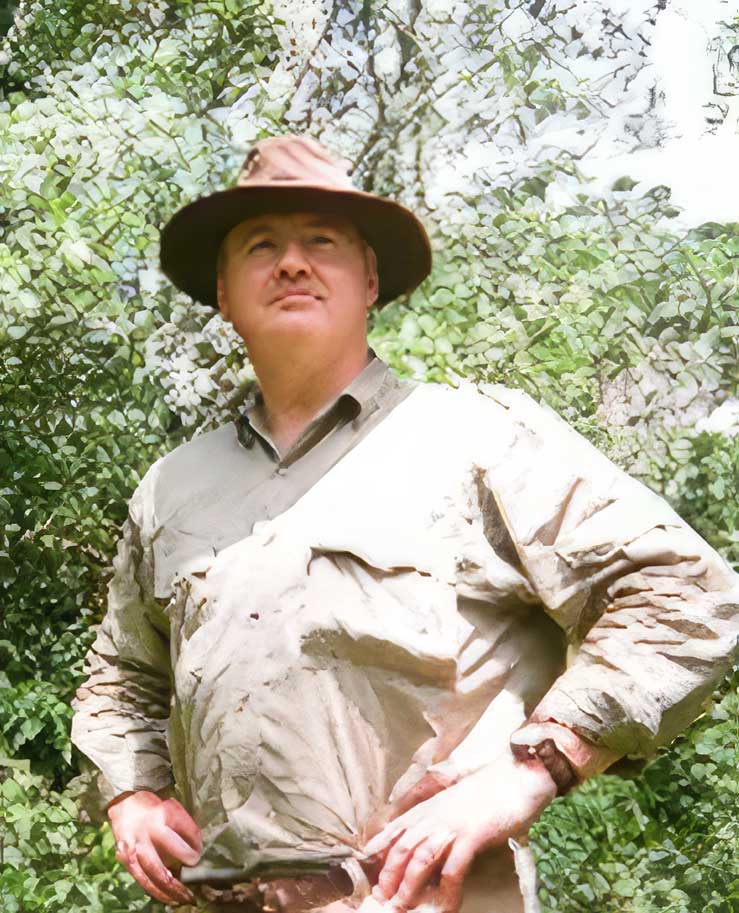
Other modern explorers and researchers have reported similar encounters with the creature. In 1992, Bill Gibbons, a South African explorer, claimed to have seen the Mokele-Mbembe while on an expedition in the Congo. Gibbons reported that the creature was approximately 30 feet long and had a long, thin neck and a small head. He also claimed to have taken several photographs of the creature, although these photographs have never been publicly released.
More recently, in 2018, a group of missionaries reported an encounter with the Mokele-Mbembe while traveling along a river in the Congo. The missionaries claimed to have seen a large creature with a long neck and a small head emerge from the water and swim across the river. They reported that the creature was approximately 35 feet long and left a large wake as it swam.
Many scientists and skeptics remain unconvinced of the Mokele-Mbembe’s existence. They argue that the creature is likely a myth or a misidentified known species, and that the physical evidence gathered by explorers and researchers could be explained by other factors.
This leads us to ask if Mokele-Mbembe is a real animal or a mythical creature.
The Mokele-Mbembe Enigma: Is It a Mythical Creature or a Real Animal?
There are those who argue that the creature is purely mythical, while others assert that there is sufficient evidence to suggest that the creature may actually exist.
Those who argue that Mokele-Mbembe is purely mythical often point to the lack of concrete evidence to support its existence. They suggest that the stories of the creature are simply the product of local folklore, and that there is no real basis for the legend.
However, there are many who maintain that there is reason to believe that Mokele-Mbembe is a real creature. There have been numerous sightings of the creature over the years, and while some of these sightings can be explained away as misidentifications or hoaxes, there are others that are more difficult to dismiss.
One of the most compelling pieces of evidence in favor of the existence of Mokele-Mbembe is the fact that the creature is described in great detail by those who claim to have seen it. The accounts of the creature’s appearance are often remarkably consistent, and many of the descriptions match up with the physical characteristics of other known animals.
There have also been several expeditions launched in an effort to find evidence of the creature’s existence. While none of these expeditions have conclusively proven the existence of Mokele-Mbembe, there have been some intriguing findings. For example, in 1980, a Japanese film crew allegedly captured footage of a large, unknown animal moving through the water in the Congo River.
Moreover, the dense and largely unexplored nature of the rainforests of the Congo River Basin makes it entirely possible that there are still undiscovered species of animals living in the region. Given the sheer size of the area, it is not inconceivable that a large, unknown creature like Mokele-Mbembe could be living there undetected.
Into the Unknown: The Possibility of an Undiscovered Species in the Congo Basin
The Congo Basin is one of the most biodiverse regions on the planet. The vast expanse of rainforest that covers the region is home to a staggering array of plant and animal species, many of which are found nowhere else on Earth. However, despite centuries of exploration and scientific study, it is entirely possible that there are still unknown species living in the region, waiting to be discovered.
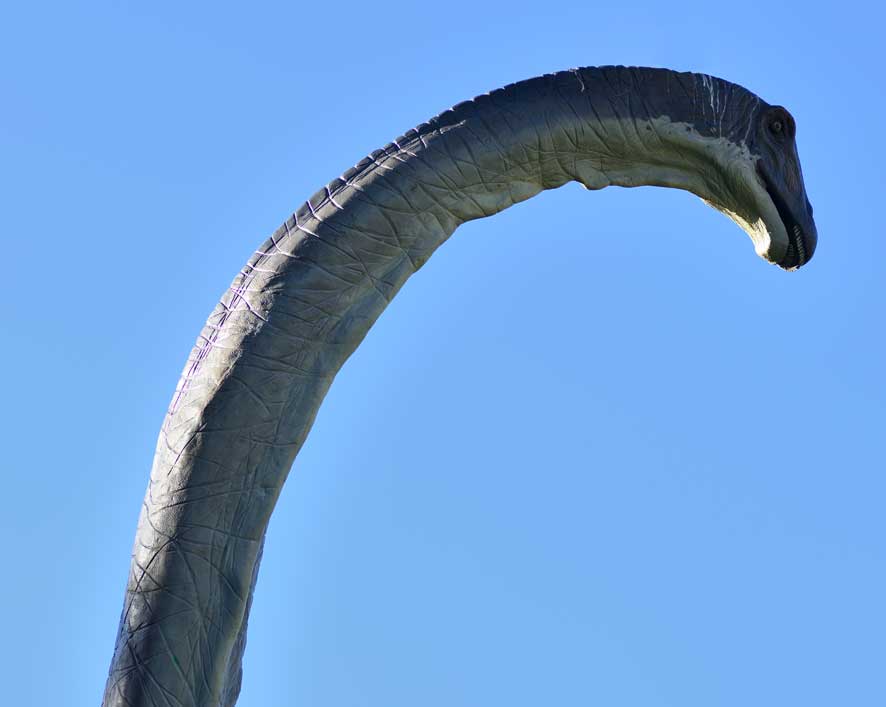
The idea of unknown species living in the Congo Basin is not a new one. For centuries, explorers and adventurers have returned from the region with tales of strange and mysterious creatures, some of which defy easy explanation. One of the most famous of these creatures is the Mokele-Mbembe, a legendary creature said to inhabit the swamps and waterways of the region.
While the existence of the Mokele-Mbembe is highly debated and remains unproven, it is just one example of the many unknown species that could potentially be living in the Congo Basin.
Moreover, the region is home to a number of endemic species, which are found nowhere else on Earth. This suggests that there may be other, as yet undiscovered, species living in the region. The discovery of new species in the Congo Basin would not be without precedent. In recent years, a number of new species have been discovered in the region, including several new species of monkey and frog.
One of the biggest challenges in discovering unknown species in the Congo Basin is the sheer size of the region. The rainforest covers an area of approximately 1.5 million square miles, much of which is virtually impenetrable. This makes it difficult for researchers to explore the region and conduct the kinds of studies necessary to discover new species.
However, despite these challenges, there is reason to believe that there are still unknown species living in the region. The discovery of new species in recent years suggests that there are still many mysteries to be uncovered in the Congo Basin. With advances in technology and exploration techniques, it is entirely possible that we will discover new species in the region in the years to come.
Beyond the Myth: Examining Other Possible Explanations for Mokele-Mbembe Sightings
Sightings of the Mokele-Mbembe have been reported for many years, but there is still much debate over whether it actually exists or not. While many believe that this creature is a real and undiscovered species, others argue that there are other potential explanations for these sightings.
One explanation for the sightings of the Mokele-Mbembe is elevated imagination. People often see what they want to see or what they expect to see. When exploring new and unfamiliar territories, the mind can play tricks and create images that are not necessarily there. The jungle is full of sounds and movement, and the mind can sometimes interpret these as something more significant than they actually are. Additionally, when stories of the Mokele-Mbembe have been passed down through generations, it can create a cultural expectation of what the creature should look like, leading to sightings that may be based on preconceived ideas.
Another possible explanation for the Mokele-Mbembe sightings is misidentification. The Congo basin is home to a diverse array of wildlife, and it is possible that some of the sightings are of known animals that have been mistaken for the Mokele-Mbembe. For example, elephants are known to spend time in the swamps and rivers of the Congo, and their large size and unique shape could easily be misinterpreted as the Mokele-Mbembe. Similarly, hippos are known to inhabit the same areas and could also be mistaken for the creature.
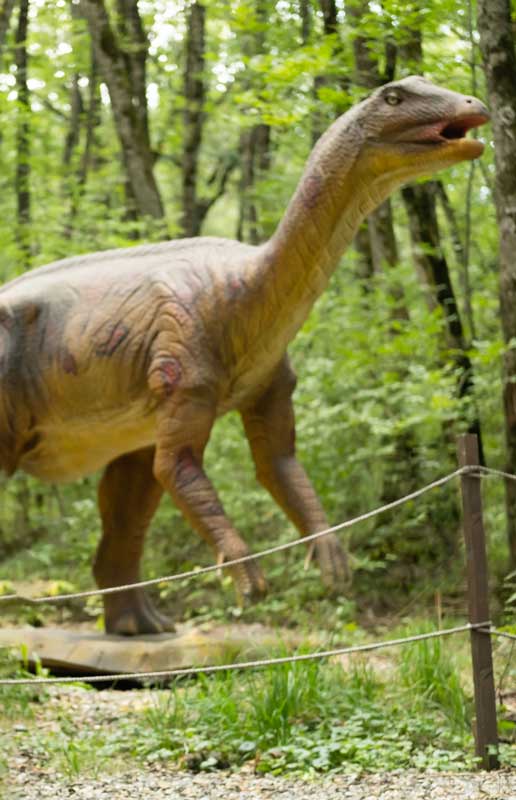
Finally, it is also possible that some of the sightings are hoaxes or fabricated for attention or financial gain. Some people may create stories of the Mokele-Mbembe to attract tourists or funding for research. Others may create hoaxes for the sake of creating a sensational story. While this explanation is less likely than the previous two, it is still a possibility.
Prehistoric Clues: Scientific Evidence of Similar Creatures Roaming Africa in the Past
The idea of a large, dinosaur-like creature such as the Mokele-Mbembe living in Africa may seem far-fetched, but the fossil records indicate that similar creatures may have roamed the continent millions of years ago.
During the Mesozoic era, which lasted from approximately 252 million years ago to 66 million years ago, dinosaurs dominated the Earth. Africa was no exception, and the fossil records indicate that several large and unique species of dinosaurs lived on the continent. Some of these species include the Spinosaurus, the largest carnivorous dinosaur known to have existed, and the Paralititan, one of the largest known sauropods.
While the Mokele-Mbembe is not a dinosaur in the traditional sense, it is often described as resembling a sauropod, a group of long-necked herbivorous dinosaurs that were common during the Mesozoic era. In addition to sauropods, there were also other large reptiles and mammals that roamed Africa during this time, such as the crocodile-like phytosaur and the elephant-like Moeritherium.
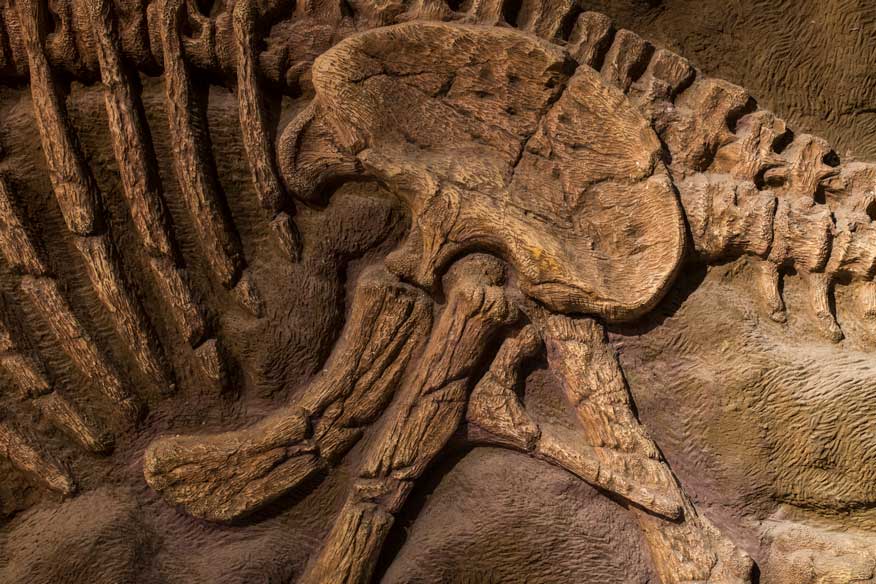
The discovery of these fossils raises the question of whether there could be an undiscovered species in the Congo basin that has somehow survived extinction. While it is unlikely that any living species could have survived for millions of years without being discovered, it is possible that there are still undiscovered species that have managed to remain hidden.
It is important to note, however, that the fossil records cannot definitively prove the existence of the Mokele-Mbembe or any similar creature.
Fossil records can only provide a glimpse into the past and cannot provide concrete evidence of the present. While the existence of the Mokele-Mbembe remains a mystery, the fossil records indicate that the idea of large, unique creatures roaming Africa is not as far-fetched as it may seem.
Cracking the Code: Possible DNA Evidence for the Existence of Mokele-Mbembe
The search for evidence of the existence of the Mokele-Mbembe has led to some interesting discoveries in recent years, including the possibility of DNA evidence supporting the existence of a creature similar to the legendary beast.
In 2018, a team of researchers collected samples of DNA from the waterways in the Congo basin. The samples were analyzed and revealed the presence of DNA from several animals, including elephants, hippos, and crocodiles. However, there were also some unidentified DNA samples that did not match any known species.
While the presence of unidentified DNA does not definitively prove the existence of the Mokele-Mbembe, it does raise the possibility of an unknown species living in the area. The DNA samples could be from a new species of reptile, mammal, or even a large fish. Further analysis and testing would be required to determine the exact nature of the unidentified DNA.
Eyes on the Ground: Analyzing Eyewitness Reports of Mokele-Mbembe Encounters
One of the key sources of evidence for the creature’s existence are eyewitness reports, some of which date back many decades.
Eyewitness reports of Mokele-Mbembe vary widely in terms of the description of the creature. Some reports describe a long-necked animal with a small head and a large body, while others describe a creature with a hump on its back and a long tail. Some reports describe the creature as having a smooth, greenish-black skin, while others describe it as being covered in scales or feathers.
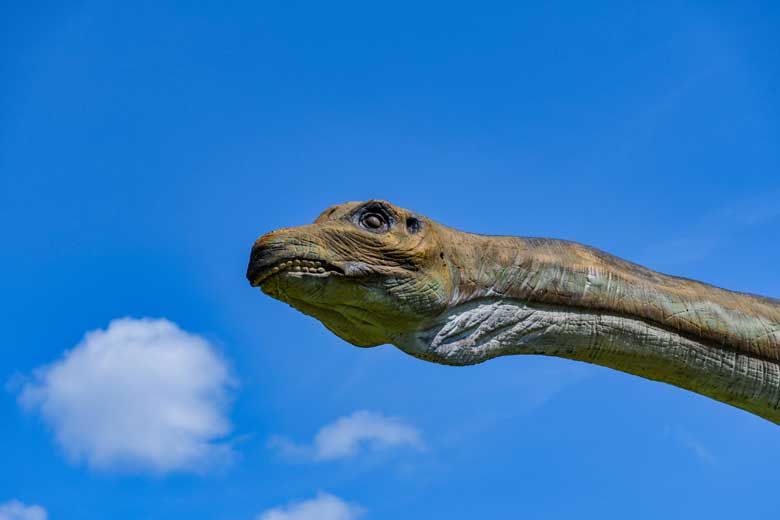
Despite these differences, many eyewitnesses agree on some key characteristics, such as the creature’s large size and the fact that it is usually found near bodies of water.
One challenge with analyzing eyewitness reports of Mokele-Mbembe is that they are often second- or third-hand accounts, making it difficult to verify the accuracy of the information. Eyewitnesses may also be subject to biases or preconceptions that could affect their perceptions of what they see. For example, if someone has heard stories about a dinosaur-like creature in the area, they may be more likely to interpret an unusual sighting as evidence of the creature’s existence.
Another challenge with analyzing eyewitness reports is that they can be influenced by cultural and societal factors. In many parts of the world, there are stories and legends about mythical creatures or monsters that inhabit certain areas. These stories can shape people’s perceptions of what they see, and make them more likely to report sightings of creatures that fit the description of the local legend.
Despite these challenges, many researchers and enthusiasts continue to analyze eyewitness reports of Mokele-Mbembe, in the hopes of gathering more evidence for the creature’s existence. Some argue that the consistency of the descriptions across different eyewitness accounts provides strong evidence for the creature’s existence, while others point to the lack of physical evidence or scientific evidence as proof against it.
Conclusion: Unanswered Questions and the Quest for the Truth about Mokele-Mbembe
The evidence surrounding Mokele-Mbembe is inconclusive. Historical accounts and eyewitness reports suggest that a dinosaur-like creature may still roam the Congo, but there is no scientific proof to back up these claims. It is possible that an unknown species exists in the region or that sightings are due to misidentification or elevated imagination.
Fossil records indicate similar creatures roamed Africa millions of years ago, but there has been no DNA evidence found thus far to support its existence today.
Until more conclusive evidence can be gathered, it remains uncertain whether a dinosaur-like creature could still exist in the Congo.




